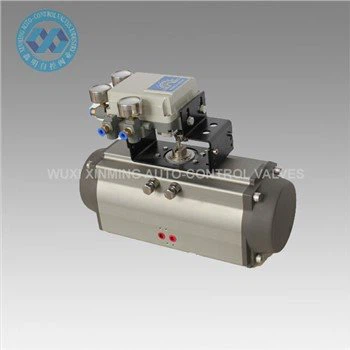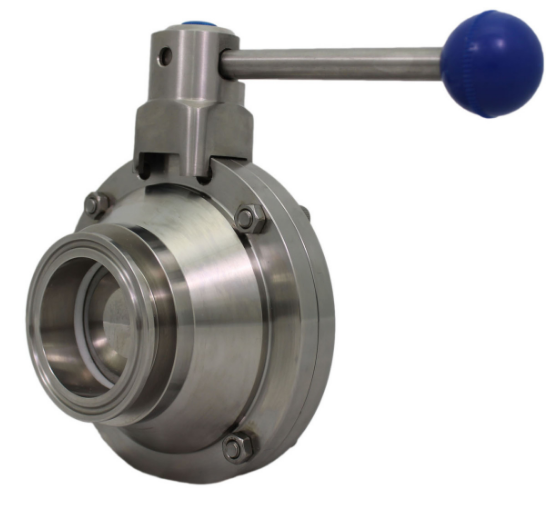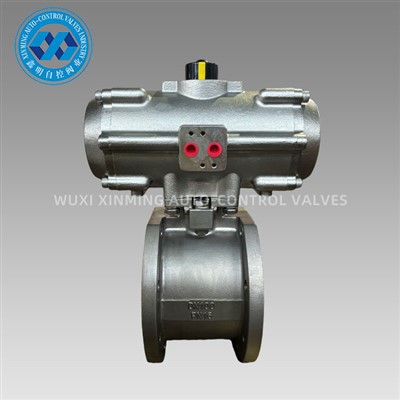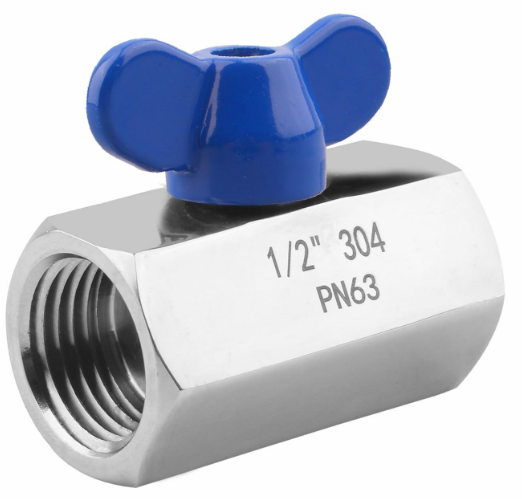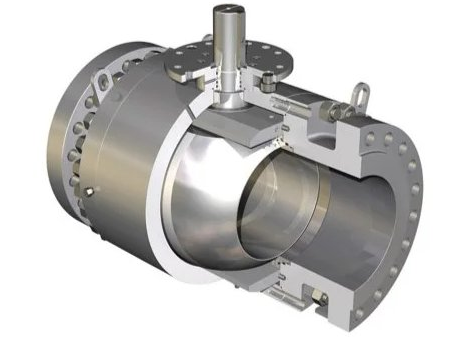Introduction
Pneumatic valve machining refers to the precision manufacturing process of producing components for pneumatic valves, which are used to control the flow of air or gas in industrial automation, process control, and fluid handling systems. High-quality machining ensures that the valves operate with minimal leakage, optimal flow control, and long service life.
In this article, we explore the importance, process, materials, tolerances, and benefits of pneumatic valve machining, as well as how it supports industries like oil & gas, water treatment, food processing, and pharmaceuticals.
What Is Pneumatic Valve Machining?
Pneumatic valve machining involves the CNC precision manufacturing of key valve components such as:
-
Valve bodies
-
Spools and stems
-
Seats and discs
-
Flanges and ports
The process requires tight dimensional tolerances, corrosion-resistant materials, and a surface finish that ensures airtight sealing.
Importance of High-Precision Machining in Pneumatic Valves
-
Leak-Free Operation – Precision machining ensures exact mating between components, preventing air leakage.
-
Smooth Actuation – Machined surfaces reduce friction, enabling fast and accurate valve movement.
-
Durability – Accurate tolerances prevent premature wear of seals and internal parts.
-
Energy Efficiency – Less leakage means less compressed air loss, reducing energy consumption.
Machining Process for Pneumatic Valves
-
Material Selection
-
Stainless steel (304, 316) for corrosion resistance.
-
Aluminum for lightweight applications.
-
Brass for cost-effective, moderate-pressure use.
-
-
CNC Turning & Milling
-
Shapes the valve body, ports, and connection points with micron-level accuracy.
-
-
Boring & Drilling
-
Ensures precise airflow channels and mounting holes.
-
-
Grinding & Lapping
-
Achieves mirror-like finishes for sealing surfaces.
-
-
Threading & Grooving
-
Prepares threaded ports and O-ring grooves for assembly.
-
-
Surface Treatments
-
Anodizing, passivation, or coating for corrosion and wear resistance.
-
Key Tolerances in Pneumatic Valve Machining
For pneumatic valves, tolerances often need to be ±0.01 mm or tighter, especially for:
-
Spool diameters (to ensure proper sealing and smooth motion)
-
Valve seats (to avoid leaks)
-
Port alignment (to maintain flow performance)
Industries That Rely on Pneumatic Valve Machining
-
Oil & Gas – For hazardous environment automation.
-
Food & Beverage – Hygienic stainless steel valves for clean applications.
-
Pharmaceuticals – Sterile flow control systems.
-
Water Treatment – Long-life corrosion-resistant valves.
-
Automotive & Aerospace – High-speed pneumatic control systems.
Benefits of Advanced Pneumatic Valve Machining
-
Improved Reliability – Precision-made valves operate consistently under high cycles.
-
Reduced Maintenance – Fewer breakdowns and seal replacements.
-
Energy Savings – Better sealing means less compressor usage.
-
Custom Engineering – Allows manufacturers to meet unique application needs.
Future Trends in Pneumatic Valve Machining
With Industry 4.0, pneumatic valve machining is shifting toward:
-
IoT-Ready Valves – Integration with smart sensors for predictive maintenance.
-
Additive Manufacturing – 3D-printed prototypes for faster development.
-
Eco-Friendly Coatings – Non-toxic surface treatments for sustainability.
Conclusion
Pneumatic valve machining is a critical process that ensures valves meet strict performance, durability, and sealing requirements. With advancements in CNC technology, surface treatment, and smart manufacturing, industries can expect even more precise, energy-efficient, and long-lasting pneumatic valve solutions in the future.
If you want to learn more about low-priced products, please visit the following website: www.xm-valveactuator.com







